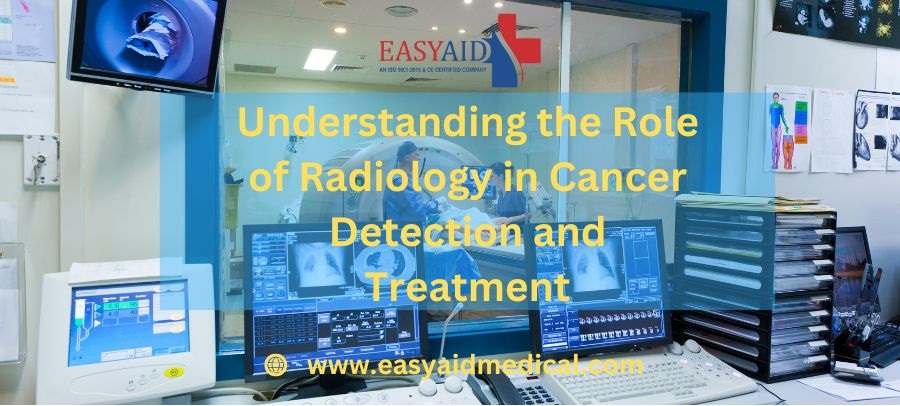As we navigate the labyrinth of the modern medical landscape, we’re frequently confronted by daunting terminologies and jargon. One term you might often hear in hushed conversations or read in literature is ‘radiology’. So, what is radiology, and why does it occupy such a crucial role in the field of cancer detection and treatment?
Radiology could easily be considered one of the cornerstones of oncology. Its powerful imaging capabilities and diagnosis accuracy potential have made it invaluable. While it’s not new, this discipline is still something that many of us are yet to fully understand or appreciate. So, let’s unravel the mysteries, decode the jargon, and take a deeper dive into understanding the pivotal role that radiology plays in the world of oncology!
Within this post, we aim to shed light on the vital role of radiology in both cancer detection and its subsequent treatment. We’ll be discussing what it is, how it works, and even shedding light on some of its pros and cons.

Radiology: The Invisible Eyes of Medicine
Radiology is a specialty area of medicine that deals with the use of imaging to diagnose and treat diseases. In particular, it makes ample use of x-rays, computed tomography (CT), and magnetic resonance imaging (MRI). It’s our crystal ball, providing a view beneath the skin without necessitating invasive procedures.
As the invisible eyes of medicine, radiology provides critical insight into a patient’s condition. It observes and relays data that would otherwise be impossible to access. Sounds pretty invincible, right? But as with all great power, it doesn’t come without its own challenges.
Radiology’s Role in Cancer Detection
Being one step ahead is the ultimate goal when it comes to battling cancer. Early detection can be a game-changer, and that’s where radiology plays a significant role.
With a myriad of powerful imaging techniques up its sleeve, it can detect not only the presence of the tumor but also its size, stage, and location. What’s even more awe-inspiring is how radiology can lend a hand in identifying if the cancer has spread to other areas of the body.
Screening programs such as mammograms for breast cancer and CT scans for lung cancer are examples of how radiology plays a commanding figure in cancer detection.
Radiology in Cancer Treatment
The role of radiology doesn’t end with detection; it’s an integral part of managing the cancer’s treatment too. Using imaging techniques, doctors can confirm the exact location of cancer, thereby assisting surgeons during the surgical procedure.
Radiologists contribute to advanced techniques like radiation therapy, where they use precise doses of radiation to destroy cancer cells. They also deploy interventional radiology, where imaging is used to direct minimally invasive surgical procedures.
The Pros and Cons of Radiology
Like all things, radiology has its advantages and disadvantages. Its primary strength lies in its ability to detect diseases in their early stages, improving the chances of successful treatment.
However, radiology isn’t without its drawbacks. Over-reliance on these imaging techniques could lead to overdiagnosis or false positives, creating unnecessary distress. Moreover, prolonged exposure to certain types of radiology testing, such as x-rays, can pose potential health risks.
Stepping Into the Future with Radiology
The landscape of radiology is shifting fast. Technological advancements are pushing the boundaries of what we thought possible. Going hand in hand with other branches of science, radiology is continually being fine-tuned to offer better solutions, bringing new rays of hope for cancer patients.

Conclusion: Radiology – The Unseen Hero in the Battle Against Cancer
Radiology, often the unseen hero, carries a significant mantle in the fight against cancer. From detection to treatment, its presence is felt at every stage. Despite having its challenges and limitations, radiology’s benefits overwhelmingly outnumber its drawbacks. Like any tool, its effectiveness depends on its judicious use.
As we continue to fight cancer’s deadly threat, understanding and appreciating the role of radiology can indeed make us better equipped. So, let’s give this unseen hero the spotlight it deserves for making the fight against cancer a battle that we are progressively winning.

